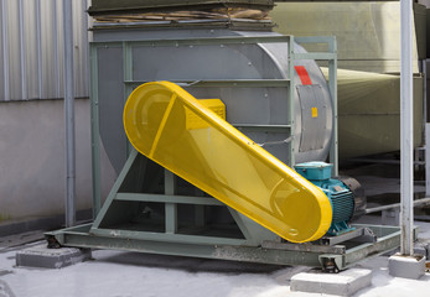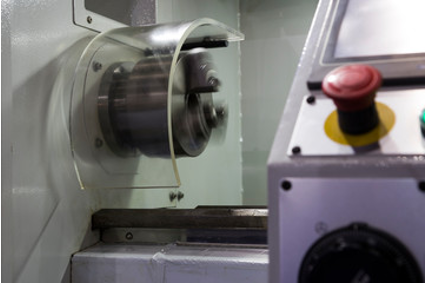

Moving parts of machinery, tools, and equipment have the potential to cause severe injuries, such as lacerations, blunt force trauma, crushed fingers or hands, abrasions, even amputations.
Because of these hazards, many types of machines, tools, and equipment that are operated on job sites and in shop environments are required to have guarding in place to protect the operator and others in the area from potentially devastating injuries. Examples of hazards that guards protect from include nip points, rotating or reciprocating parts, or flying sparks, chips, and debris.
There are three main areas of machinery, tools, and equipment that are required to be guarded to protect against hazards:
- The Point of Operation – this is the part where the work is performed on the material, such as cutting, shaping, pressing, or forming.
- Power Transmission Apparatus – The components of the machine, tool, or equipment that transmit energy to the part of the machine that performs the work. Components include pulleys, belts, flywheels, rods, couplings, cams, spindles, gears, cranks, and chains.
- Other moving parts – Other parts of the machine that move while it is in operation.
Types of Machine Guarding:
- Guards – these can be fixed, interlocking, adjustable or self-adjusting. They are a physical barrier to contact with the hazard.
- Devices – these can be presence sensing, pullback, restraint, operational controls or gates. They limit or prevent access to the hazardous area.
- Location or distance – hazards are reduced by locating the machine so that its hazardous areas are not normally accessible.
- Automated feeding and ejection methods – these eliminate some of the operator’s exposure to the hazards.
- Miscellaneous aids – shields, feeding tools (such as push sticks), holding devices or awareness barriers also protect operators and people in the area.
Machine Guarding Minimum Requirements:
- Prevent contact – The guard must prevent hands, arms, and any other part of an operator’s body from making contact with dangerous moving parts.
- Secure – Operators should not be able to easily remove or tamper with the guard. Guards and safety devices should be made of durable material that will withstand the conditions of normal use. They must be firmly secured to the machine.
- Protect from falling objects – The guard should ensure that no objects can fall into moving parts.
- Create no new hazards – A guard cannot create a hazard such as a shear point, a jagged edge, or an unfinished surface that could cause a laceration.
- Create no interference – Any guard that prevents the operator from performing the job quickly and comfortably might soon be overridden or disregarded.
- Allow safe lubrication – If possible, operators should be able to lubricate the machine without removing the guards.
For more information on Machine Guarding requirements at UMBC – Refer to the Shop Safety Program Section 4 – Machine Guarding.